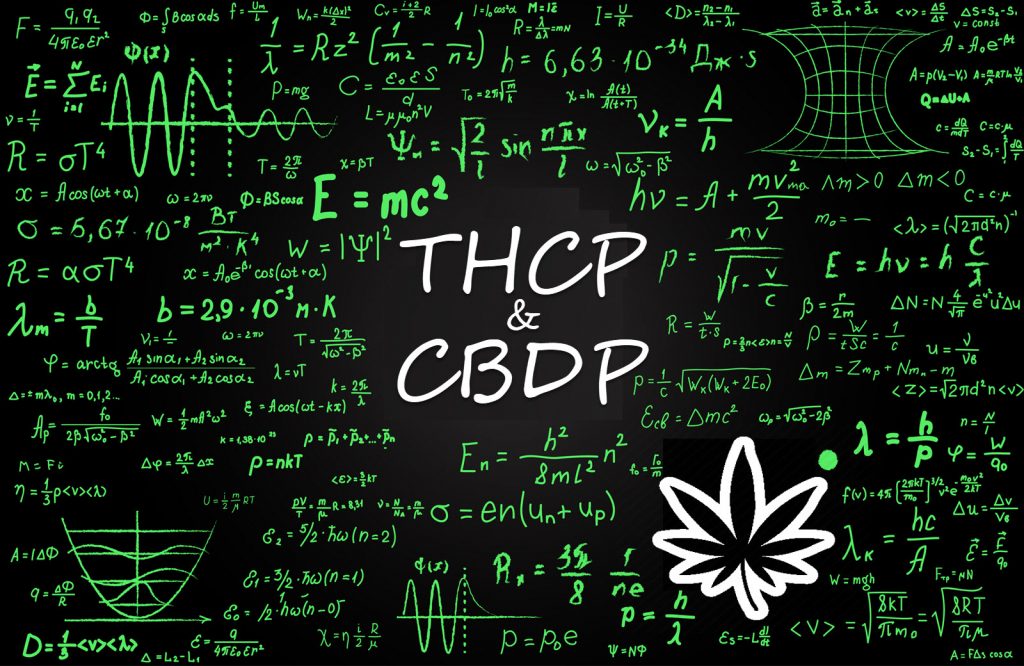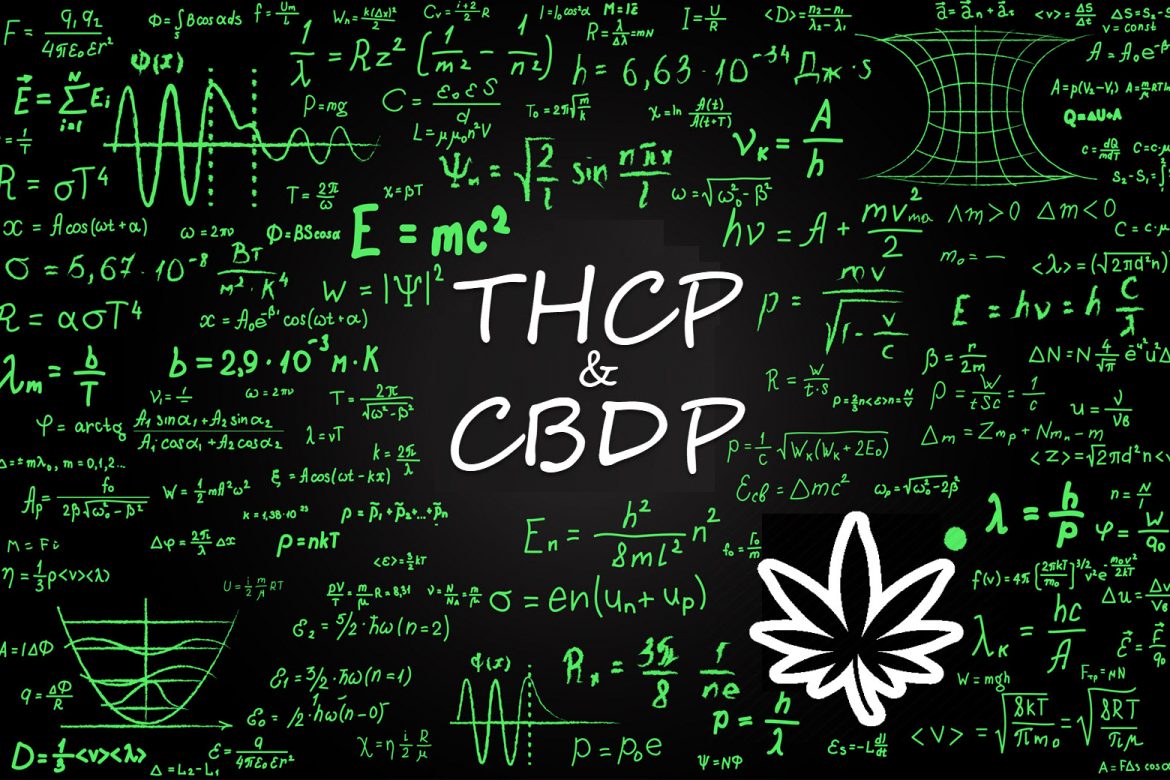Any weed connoisseur can tell you that each cannabis is unlike any other. The cannabis plant contains one of a class of diverse chemical compounds known as cannabinoids. However, its role and its effect on the human body have still remained to be a big mystery.
At the beginning of the year, the two newly discovered cannabinoids — THCP (tetrahydrocannabiphorol) and CBDP (cannabidiphorol) by a team of Italian scientists has been the talk of the weed world. The findings of the research add to the knowledge and understanding of the public about this controversial plant and highlight the remains that are still to be discovered.


Understanding THCP
Today, there are already one hundred fifty phytocannabinoids detected within the cannabis plant. However, a group of researchers have been industrious in profiling some kind of cannabis and found out two other cannabinoids: THCB and CBDB. Besides the novelty of getting better know-how about the plant and its myriad cannabinoids, identifying previously unknown cannabis compounds additionally holds immense therapeutic implications.
Since the signs and symptoms are pointing to THCP being a capacity game-changer, what makes this new cannabinoid unique?
The regular THC molecule has five links. However, researchers found out that the THCP’s critical side chain is elongated, with seven links. Since time immemorial, there haven’t been naturally occurring cannabinoids with more than five links in this side chain detected in cannabis.
As the results of the research suggest, the elongated side chain plays a vital role in the effects THC exerts over the body’s CB1 receptors. It appears to have an even stronger affinity for the CB1 receptor than regular THC, which means it can work its magic more potently.
When the Italian researchers scanned through the binding affinity of THCP against human CB1 and CB2 receptors, the result has shown that THCP is 33 times more active than regular THC on the CB1 receptor, and almost 10 times more active than regular THC on the CB2 receptor.
Simplifying CBDP
Similar to the first cannabinoid, CBDP or cannabidiphorol also has a longer side chain of seven links. However, studies about the activities of CBDP are not a priority. This is because CBD has a poor binding affinity with CB1 and CB2 receptors. It would be extremely unlikely that a longer side chain will assist CBDP in binding more effectively with the body’s receptors.
On the bright side, the researchers emphasized science’s ability to hold great surprises. They believe that further research may prove that CBDP has concealed potency or has therapeutic qualities that are currently unaware of.
Implications of the Findings
The results of the research may explain the reasons why cannabis can provoke such disparate experiences in consumers. The researchers pointed out that there’s an astonishing variability of subject response to cannabis-based therapies. While a cannabis plant’s psychotropic effects are mainly caused by THC, they may be relatively attributable to THCP or other extremely potent cannabinoids that haven’t yet been profiled. To better evaluate the effects of cannabis extracts on people, everyone must have a deep understanding of the pharmacological effects of THCP.
Other than that, the study suggests that there is a need to cultivate breeds of cannabis that are not THC- or CBD-dominant. In recent years, genetics research that delves into cannabis has progressed in great strides, and the availability of strains that generate higher quantities of minor cannabinoids like CBDV, CBG, and THCV has gradually increased.
In the near future, a wide variety of cannabis may be rich in other minor cannabinoids, such as THCP and CBDP. Cultivating strains rich in these minor cannabinoids will be responsible for facilitating the production of extracts of those compounds. This will give consumers the opportunity to enjoy the benefits of each compound’s specific pharmacological assets.
On the whole, conducting research is integral in carrying out a comprehensive chemical profiling of cannabis. Whether minor and presently known cannabinoids may or may not offer therapeutic riches that can positively impact the user and elevate the medicine industry, it’s always worth digging into the details.






Leave a comment
You must be logged in to post a comment.